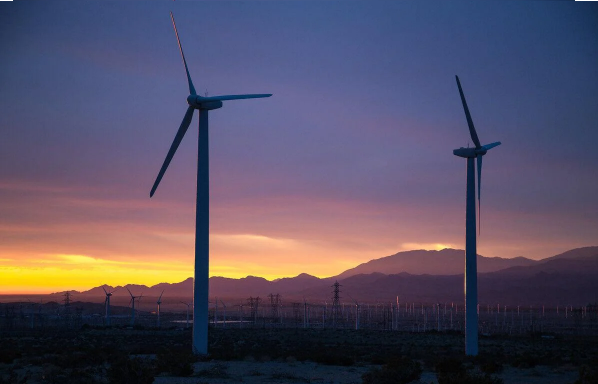
A recent state auditor's report noted that California has the seventh-highest average electricity rates in the nation, with substantial jumps in just the past year.
The report called for greater oversight of utilities by the California Public Utilities Commission and the independent consumer advocate within the CPUC (California Energy Markets No. 1760).
The obscure policies of the federally regulated California Independent System Operator also warrant scrutiny for their impacts on California's electricity rates and the state's ability to achieve its clean-energy targets.
Because it is so arcane, this generation deliverability methodology has not been subject to much scrutiny until now, and it deserves more than it is getting because of the enormous ratepayer and greenhouse gas benefits that reforms could deliver virtually overnight.
Reforming CAISO's deliverability methodology boils down to addressing the overly conservative assumptions that CAISO makes when evaluating whether the system will remain reliable with the addition of a generator. These assumptions essentially result in sacrificing the near-term addition of storage and renewable resources—which would guard against the type of weather-related resource shortages that occurred in 2020 and 2022—for extremely small long-term risks.
The California Wind Energy Association and other stakeholders have pointed out that CAISO's current methodology is inconsistent with those used by other regional transmission operators. CalWEA estimates that, were CAISO to align its methodology with these RTOs, it could immediately free up several gigawatts of deliverable capacity—no transmission upgrades required.
That reform has to do with what major transmission system elements are assumed not to be available and whether the generator's output can deliver to load in that circumstance. CAISO assumes an "N-2" condition involving two outages on double-circuit towers, an extraordinarily conservative test that triggers upgrades that would not be triggered in CAISO's transmission planning process or in the reliability studies conducted in the interconnection process. Importantly, there are no North American Electric Reliability Corporation reliability standards governing deliverability studies.
Dropping this N-2 condition from all deliverability studies, rather than in just the narrow circumstance that CAISO is currently proposing, would enable thousands of megawatts to immediately obtain deliverability status, and would increase the carrying capacity of each new upgrade. The benefits would be huge.
Ratepayers would benefit from the avoided costs of many transmission upgrades that would no longer be needed, and from the lower RA costs produced in a much more competitive market. Load-serving entities would have greater choice and a greater ability to meet their substantial mid-decade reliability targets. Transmission owners would gain breathing room to complete their delayed upgrade projects. And the state would increase its odds of timely meeting its greenhouse gas goals, because more clean capacity on the grid will reduce reliance on gas-fired power plants and reduced transmission costs will help keep electricity rates affordable to encourage needed electrification of the building and transportation sectors.
While arcane, the details of CAISO's obscure policies, at least in this case, deserve the state's attention.